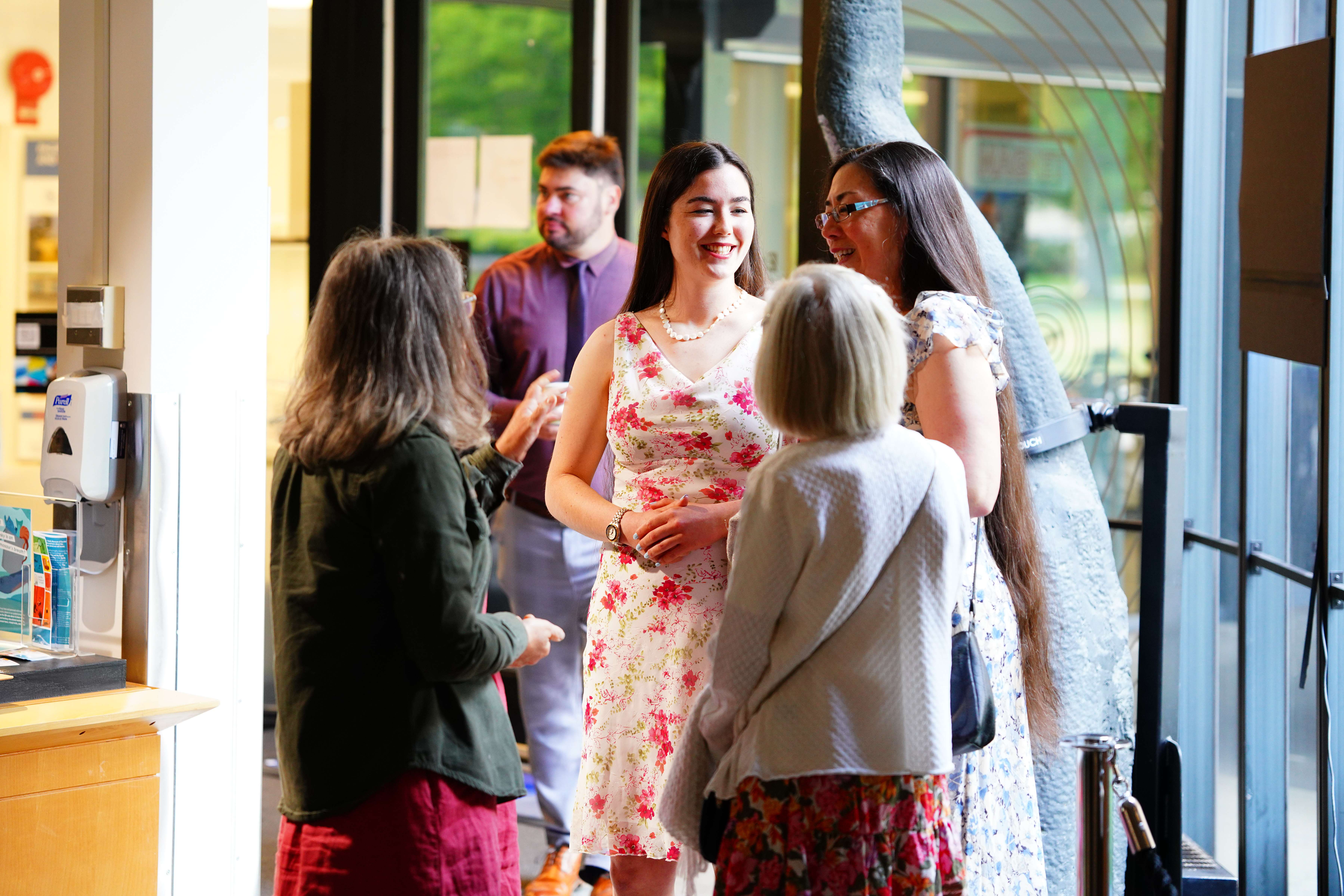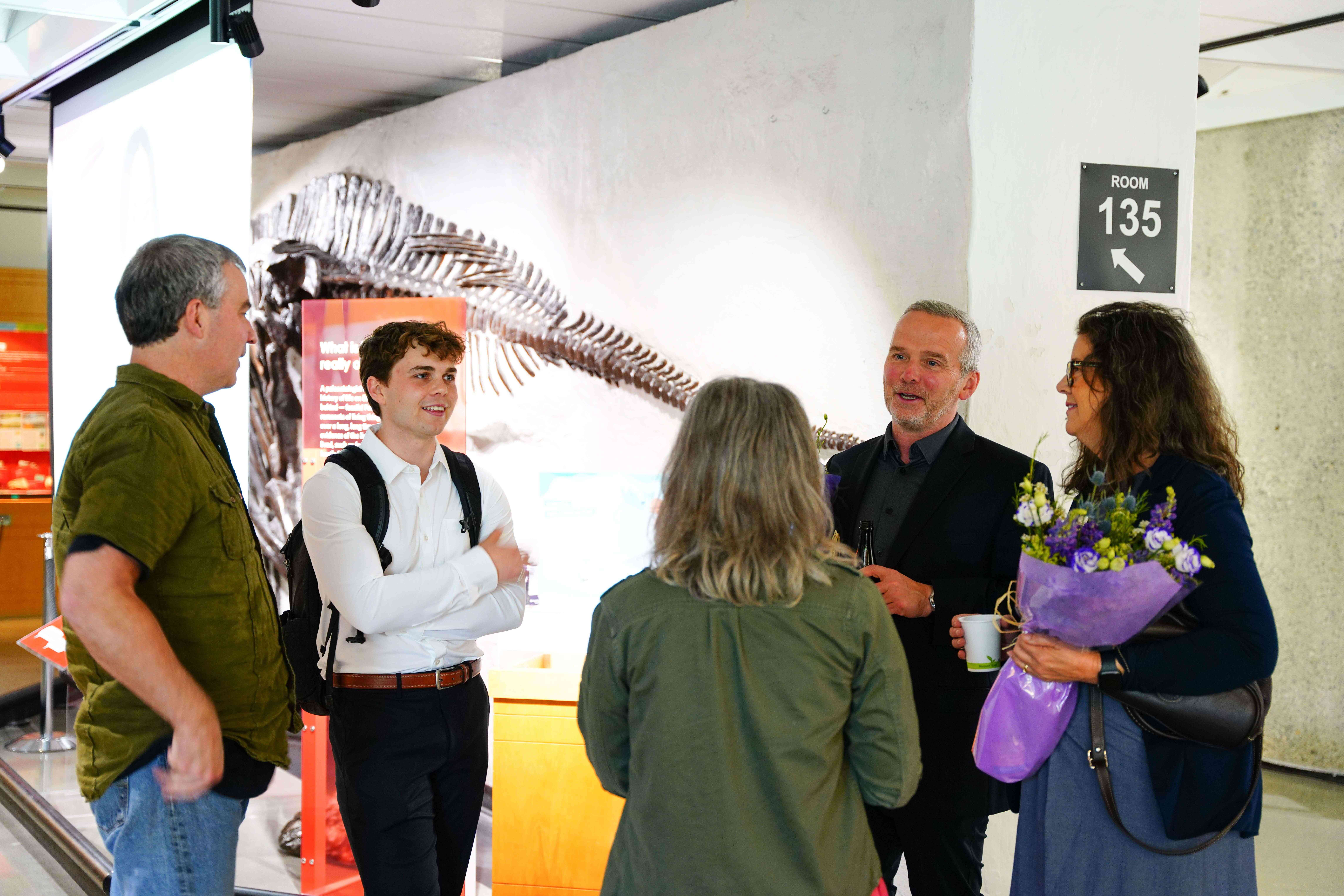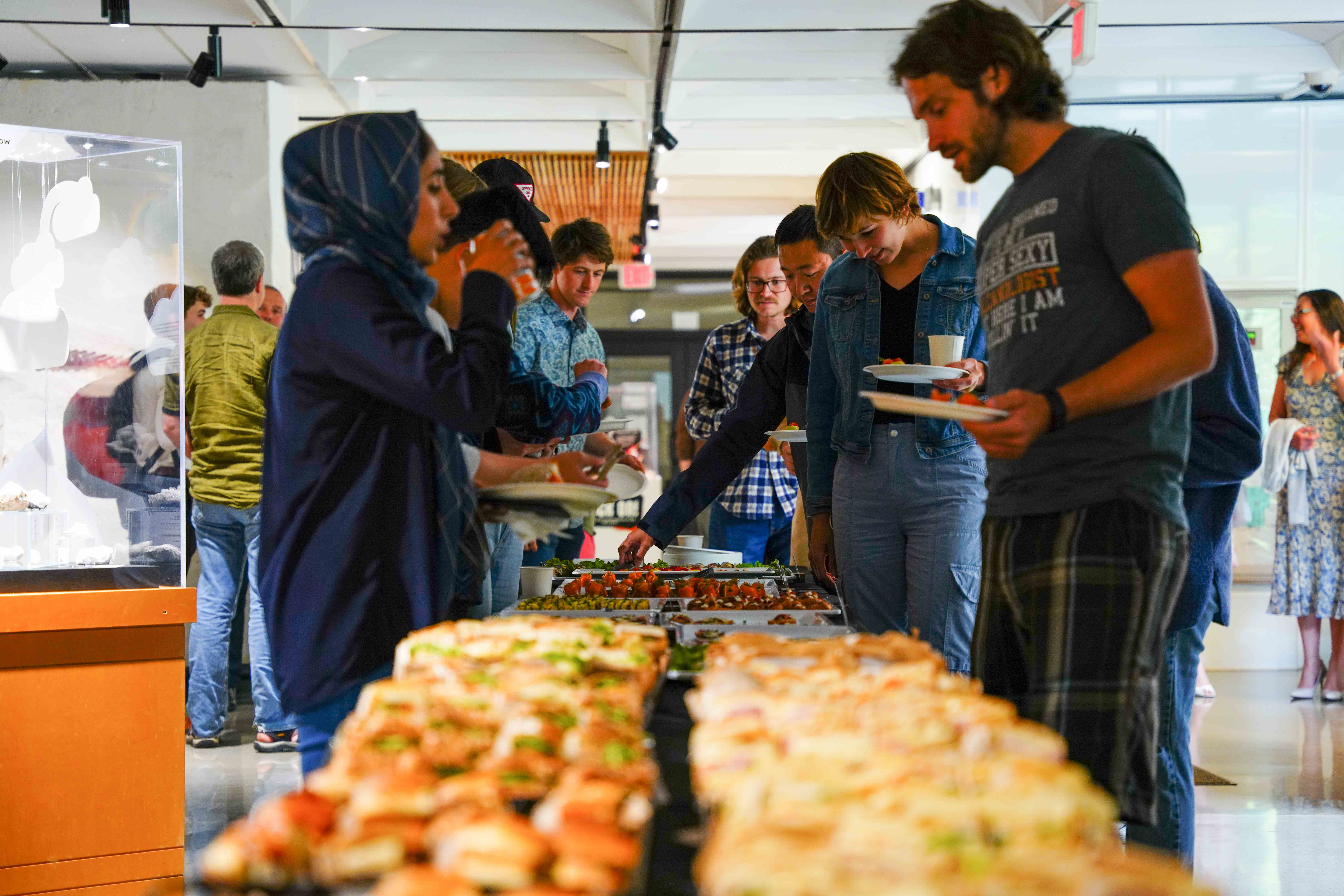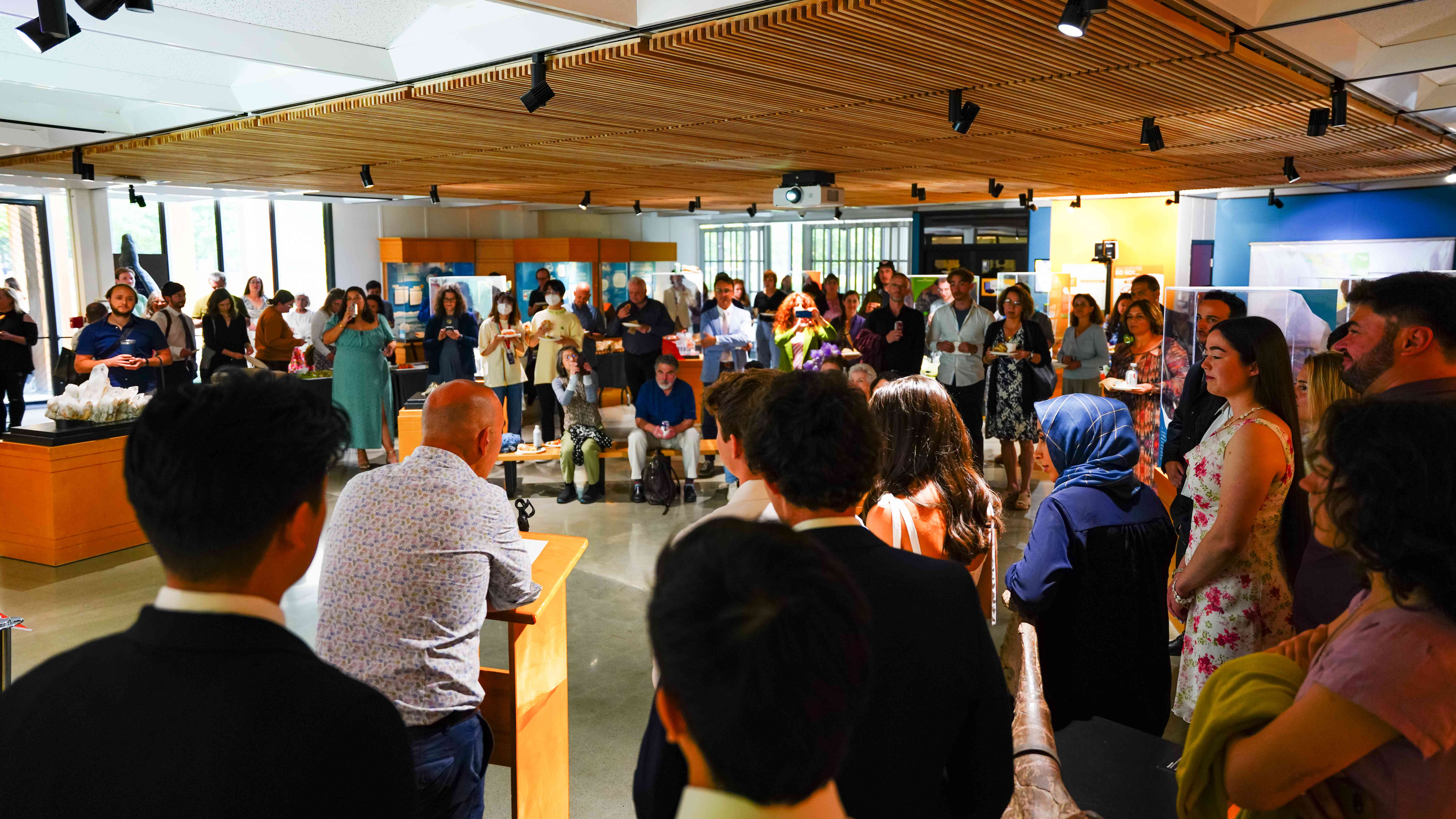News
Stay up-to-date with what's happening in EOAS
New research led by Dr. Joel Saylor describes formation of unique Central Andean Plateau
The Central Andean Plateau is unlike any other place in the world. It is the largest plateau of its kind on Earth, sitting over 3 km in elevation. This unique formation has presented many mysteries to geologists attempting to explain how the plateau formed.
In his recent article, published in Earth and Planetary Science Letters, EOAS Associate Professor Joel Saylor and his coauthors propose a new model to describe the formation of the Central Andean Plateau. Scroll down to watch our interview with Dr. Joel Saylor. To study the plateau, Dr. Joel Saylor and his team collected rock samples from different rock layers within the region. Here, at the University of British Columbia, the rocks were crushed and processed to isolate minerals known as zircon. The zircon was then analyzed at the Pacific Center for Isotopic and Geological Research within the Earth, Oceans, and Atmospheric Science department. The isotopic analysis allowed the team to determine the age of the rocks and therefore the ages of the different layers they had sampled. With these insights, they were able to put together a picture of how the Central Andean Plateau may have formed through shallow, flat slab subduction.
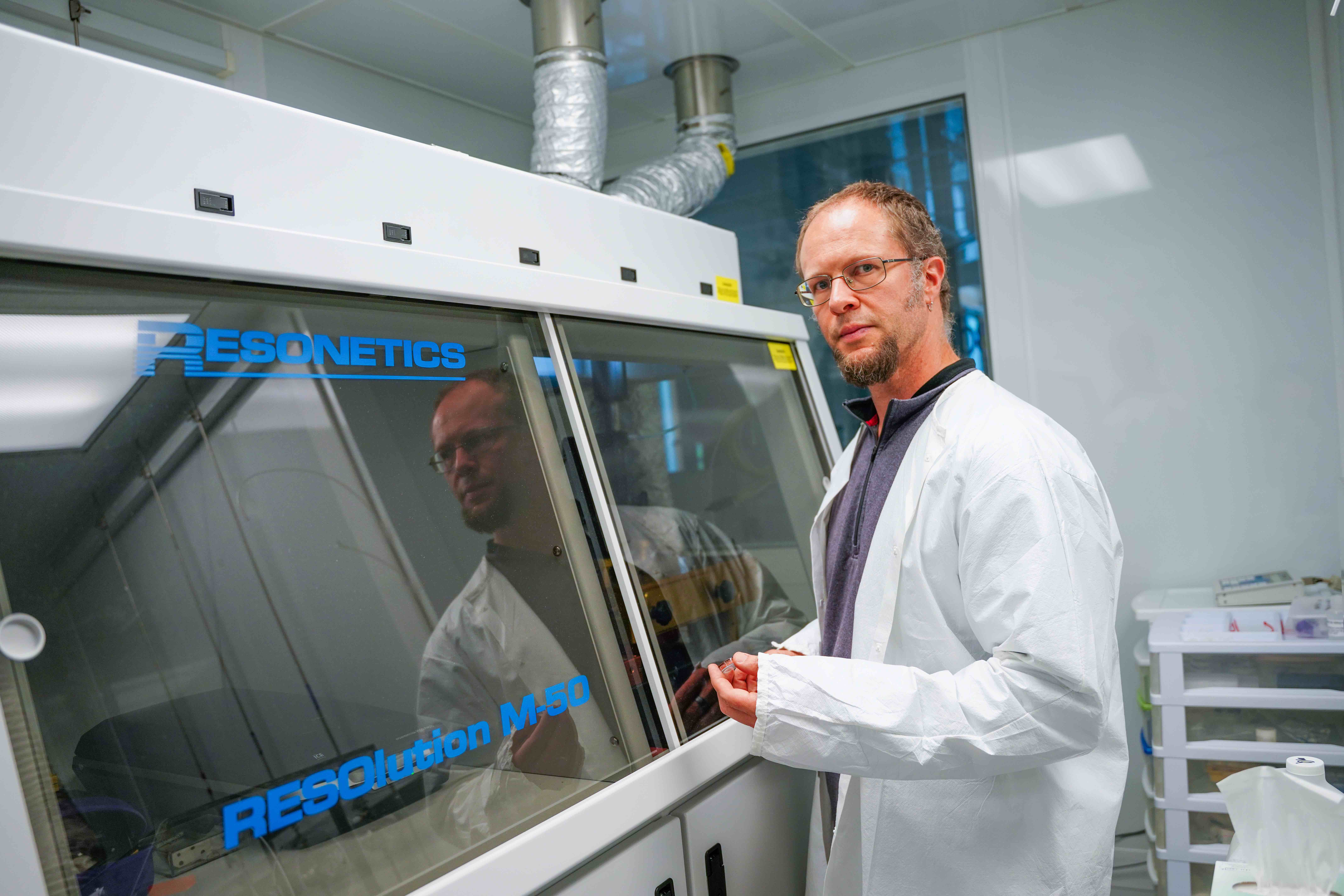
Dr. Joel Saylor in the PCIGR lab displaying a zircon sample. credit: Junyi Sun
Head to Earth and Planetary Science Letters to read the full article titled, ‘Basin formation, magmatism, and exhumation document southward migrating flat-slab subduction in the central Andes’.
Meet Brooke Hoppstock-Mattson - Environmental Geochemist
Brooke is an environmental geochemist that studies metal cycling by analyzing animal tissues and byproducts, known as biomonitors. By measuring lead isotopes and metal concentrations in biomonitors a more detailed picture of how metals move through the environment can be seen. Brooke works with honey from Vancouver, chum salmon from the Pacific ocean, and bowhead whale baleen plates from the Hudson Bay, all of which tell a unique story about metals in the various settings.
Tracing our roots: Kendra Chritz heads to Kenya in search of hominin fossils
This summer assistant EOAS professor Dr. Kendra Chritz is headed to the Turkana Basin in Kenya in search of ancient hominin fossils. Specifically, Dr. Chritz and her colleagues from the Lothagam Research Project are on the lookout for hominins dating back 6-10 million years, close to the time when our lineage diverged from chimpanzees. Members of the Lothagam Project will use clues contained within fossils, including morphological features and chemical isotope markers, to reconstruct the ancient climate, ecosystem, and diet of our earliest ancestors.
The aptly named Lothagam Research Project will bring crews of local and international scientists to Lothagam, an iconic paleontological site within the Turkana Basin. As part of the East African Rift system, diverging continental plates around the Turkana Basin are splitting apart to reveal fossils that have been preserved in layers of ash and sedimentary rock for millions of years. Heavy sampling in Lothagam throughout the 1960s to the early 1990s led to an abundance of mammalian fossil discoveries, dating from 5 million years and older, the target age and location likely to yield fossil evidence of human-chimpanzee evolutionary divergence. Now, around three decades later, the paleontologists of the Lothagam Research Project are returning with the hope that 30 years of erosion have revealed more clues of the life and environment of some of the earliest hominins.
Head to our youtube channel to hear Dr. Kendra Chritz describe her research as part of the Lothagam Project.
Professor Dominique Weis has been appointed as AGU College of Fellows Distinguished Lecturer
The American Geophysical Union (AGU) has announced their newest cohort of College of Fellows Distinguished Lecturers. EOAS Professor Dominique Weis has been selected for the academic year 2023 – 2024. Participating in the Distinguished Lecture Series is an honour bestowed on a talented and articulate sub-set of AGU Fellows who are high-profile ambassadors for AGU and the Earth and space sciences AGU represents.
You can now request Dominique to attend your institution for a one-off specialist lecture at no charge (click here).
AGU's College of Fellows Distinguished Lecture Series connects AGU Fellows, known for their exceptional scientific contributions, with students worldwide. The lectures provide a high-level synthesis of specific fields, focusing on grand challenges and societal impacts. The lectures are typically given virtually and last 45-75 minutes, including a question-and-answer period where students can interact with the speaker.
Dominique was selected by the AGU section 'Study of the Earth's Deep Interior’ and her abstract title is 'Mantle Plumes as Compositional Probes of Earth’s Interior’.
Evolution of Hawaiian Volcanoes: New insights from Kaua‘i rocks
Dr. Nicole Williamson, who just graduated from EOAS this summer, has recently published a paper with her co-authors looking at changes in geological flavour across Kaua‘i. They found that the western and eastern parts of the volcano, which were mapped as a single rock unit, actually formed at different times.
Kaua‘i is the northernmost island of the Hawaiian Islands and is an interesting and unique Hawaiian volcano for a few reasons. For example, most Hawaiian volcanoes are arranged in geographic pairs – Mauna Loa and Kilauea on the big Island, Wai‘anae and Ko‘olau on O‘ahu – but Kaua‘i does not have a pair as far as we know. It is also a large volcano compared to most Hawaiian volcanoes and has an unusually large central caldera.
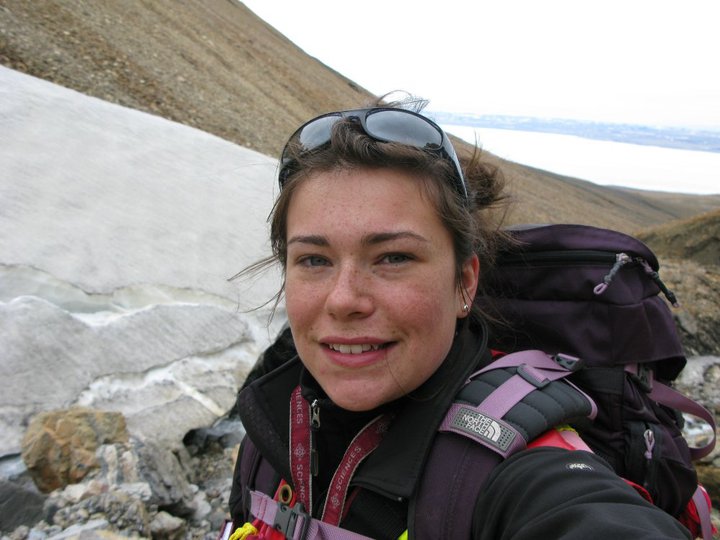
Dr. Nicole Williamson
From a geochemical perspective, the lavas erupted by Hawaiian volcanoes are usually dominated by one of two chemical flavours, which we call Loa and Kea after their largest representative volcanoes, Mauna Loa and Mauna Kea. Typically, geographically paired Hawaiian volcanoes will each erupt either Loa or Kea compositions – but not Kaua‘i! Kaua‘i actually erupts both compositions and they change from one to the other across the island (https://agupubs.onlinelibrary.wiley.com/doi/10.1029/2019GC008451).
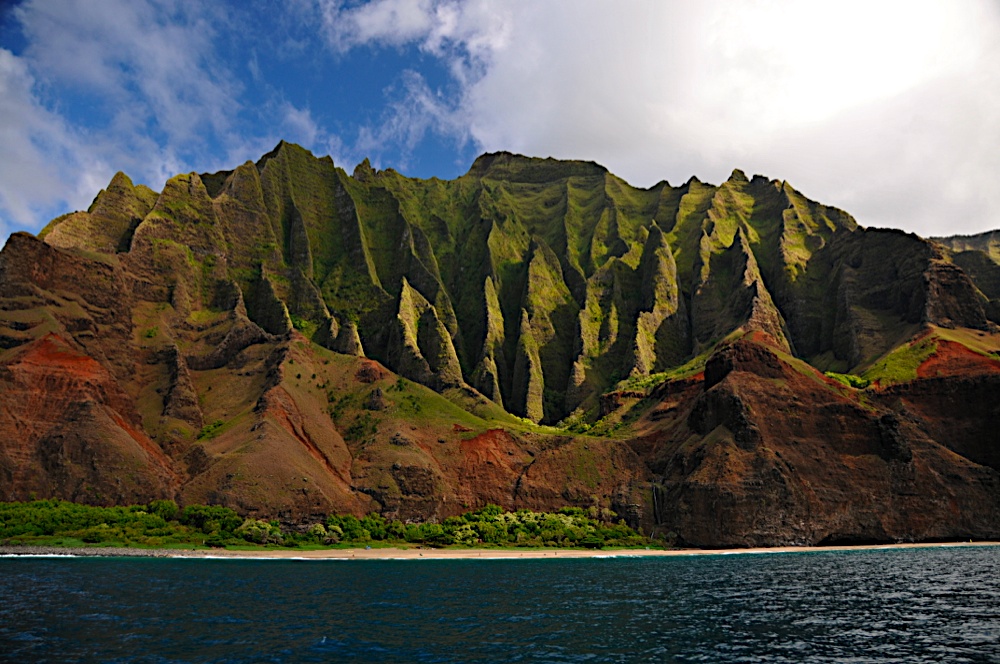
Kaua'i (photo credit: Nicole Williamson)
For this current study (https://link.springer.com/article/10.1007/s00445-023-01649-w), Dr. Williamson and her team wanted to know whether the change in geochemical flavour across Kaua‘i is associated with time as well. Using a technique called argon geochronology, they dated samples that had previously been well-characterized for their chemical compositions. They found that the change in chemical composition across Kaua‘i is also associated with a change in the age of rocks across the island: the older rocks in western Kaua‘i are of the Kea flavour, whereas the younger rocks in eastern Kaua‘i are of the Loa flavour. An important outcome of this study is that previously, the lavas from west and east Kaua‘i were mapped as a single rock unit: this study suggests that they actually formed at different times and should be mapped separately.
From a big picture perspective, the Hawaiian volcanoes are formed from a heat anomaly in Earth’s interior called a mantle plume. The Hawaiian mantle plume is estimated to extend almost all the way to the Earth’s core, and studies such as this one help us on our mission to determine what exactly is melting beneath the Hawaiian volcanoes, its chemical composition, and how it is all linked to the Earth’s deep interior.
Congratulations Class of 2023!
Congratulations to the Class of 2023! On May 30, we had our End of Term celebration and reception honoring our 2022-2023 graduates of the Department of Earth, Ocean and Atmospheric Sciences at the Pacific Museum of Earth. In addition to 97 undergraduates, 2 M.A.Sc, 6 M.Eng, 7 M.Sc., and 10 Ph.D. students received their degrees in a range of specializations this year.

